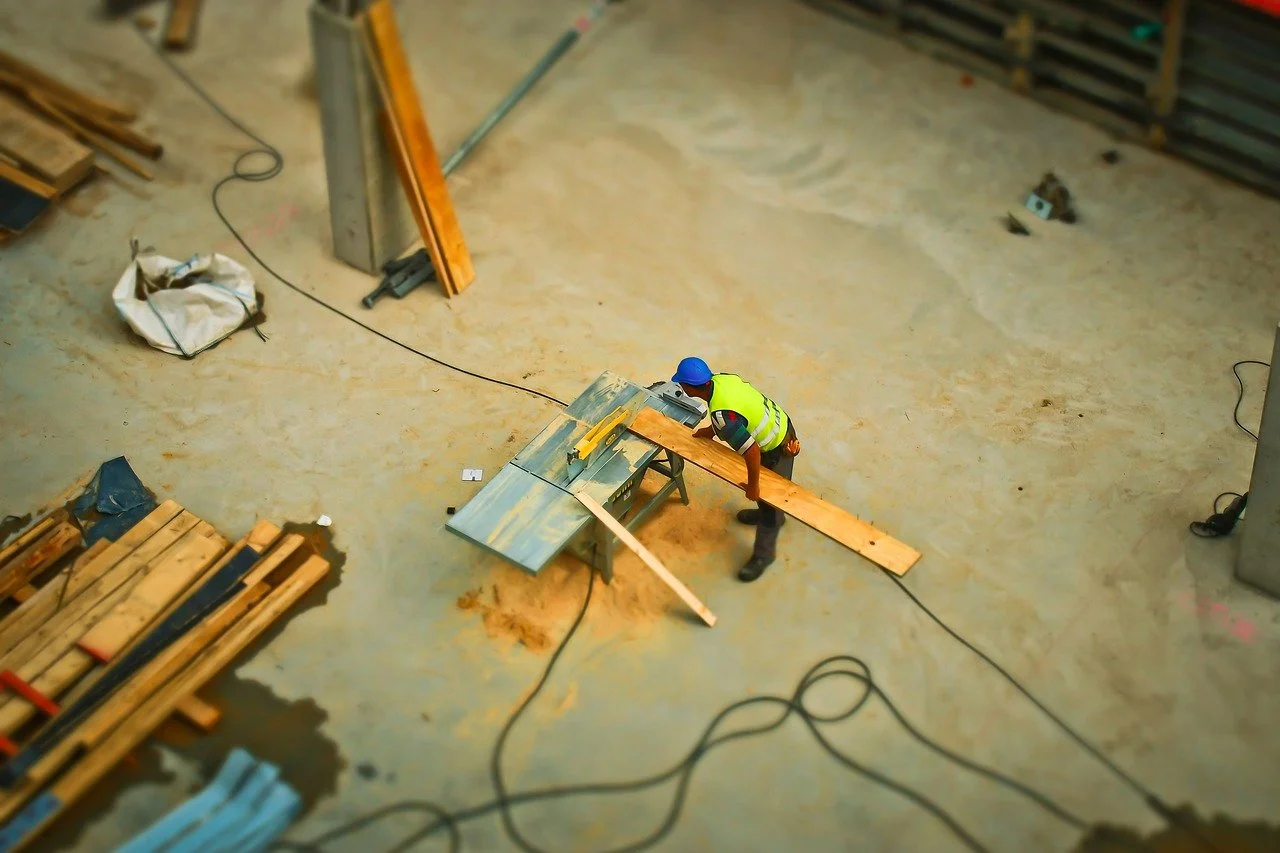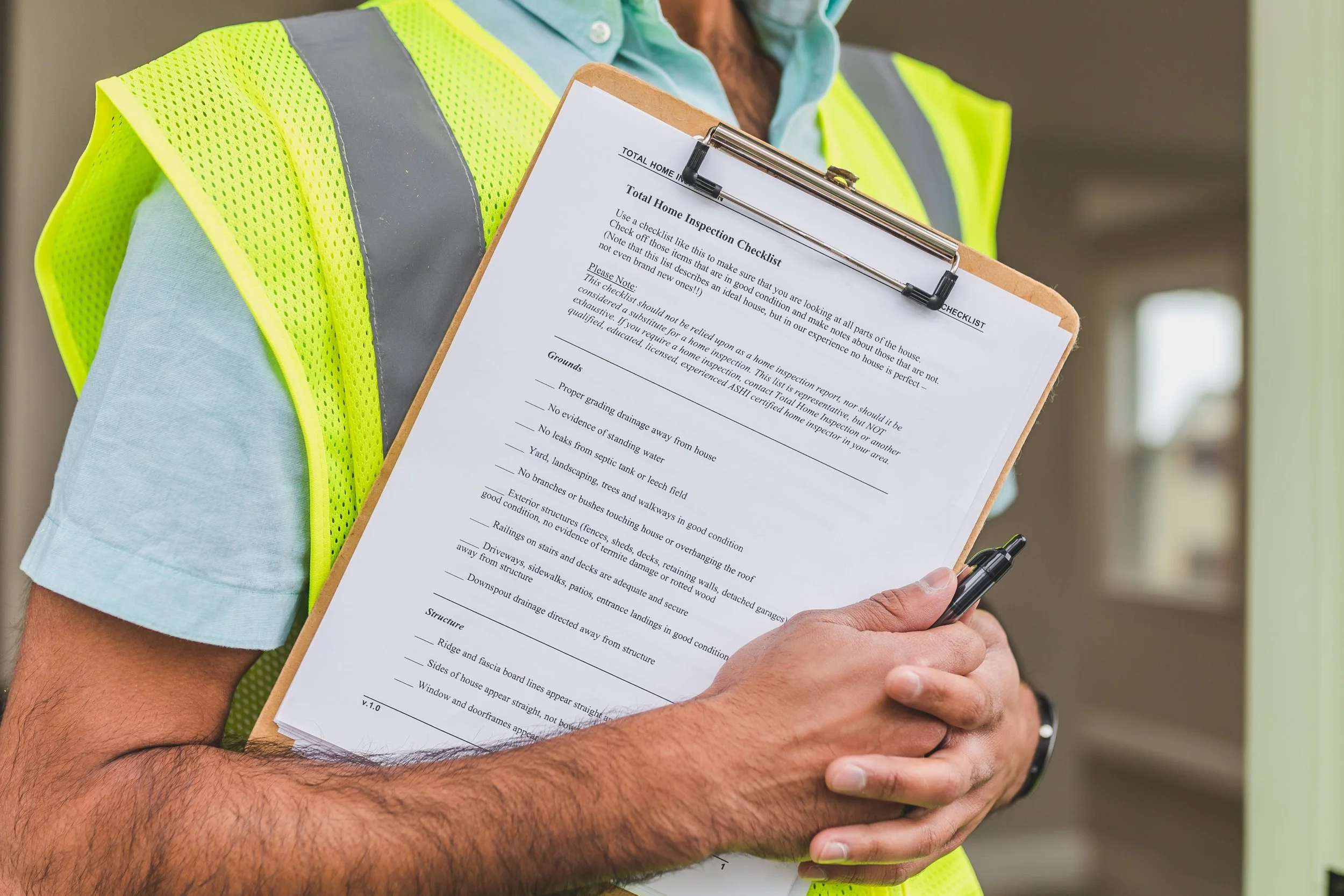The role of the plumbing consultant for efficient plumbing systems
RH Business Marketing Solutions
To understand the role of the plumbing consultant, let's look at the products, vendors, project challenges, and some ways vendors can better the consultant’s work. Plumbing and HVAC consultants investigate damage claims due to pipe leaks, floods, slab leaks, sewer leaks, sewer backups, foam, gas leaks, explosions, frozen pipes, pollution, and corrosion. This article explores the multifaceted role of a plumbers, describing their responsibilities and the value they bring to projects.
Understanding the role of plumbing consultant
In complex networks of construction and infrastructure development, plumbing is an essential element. Ensuring perfect water, drainage and gas systems requires specialist knowledge and that's where expert plumbing consultants come in. The actual plumbing design and installation work will need to be reviewed by the person you hire to carry out the plumbing consultation. You need to make sure you understand the three-dimensional drawing of the plumbing system and how it relates to the finished pipe. The actual pipe size is very important.
The plumbing consultant also works on boilers, pumps, water heaters, tanks, wastewater ejectors, and water filtration equipment. Consulting is not just about plumbing but also about business. Consultants provide insight into building a successful plumbing consulting firm, covering aspects from team management to customer relations.
Read more
Below are some factors about plumbing consultant to help you understand their work
1. Design for efficiency and compliance
One of the primary responsibilities of a plumbing consultant is to design efficient and compliant plumbing systems. They consider factors such as building codes, environmental impact, and energy efficiency. By staying at the forefront of technological advancements, they integrate innovative solutions to improve system performance while remaining compliant with regulations.
Factors such as cost, fluid velocity inside the pipe and pressure drop are considered to design the appropriate plumbing system. Computer-aided design (CAD) software is often used to create detailed plumbing plans. Once the planning is complete, the plumbing can be installed by a qualified professional. A plumbing consultant covers a variety of topics, from optimizing plumbing systems to ensuring regulatory compliance. Plumbing consultants' expertise doesn't stop at pipes and faucets; this includes sustainability, innovation and business growth, all with the ultimate goal of ensuring efficient plumbing operations and environmentally friendly practices.
2. Project coordination and collaboration
A plumbing consultant plays a central role in project coordination. Project coordinators can establish methods to effectively communicate information to teams. Your ability to communicate information effectively can help you prioritize a project. Plumbing consultants collaborate with architects, engineers and other stakeholders to seamlessly integrate plumbing into the overall project plan. Effective communication ensures that plumbing considerations are integrated from project inception to completion. A Plumbing consultant covers a variety of topics, from optimizing plumbing systems to ensuring regulatory compliance. Plumbing consultants' expertise doesn't stop at pipes and faucets; this includes sustainability, innovation, and business growth, all with the goal of ensuring efficient plumbing operations and environmentally friendly practices.
3. Plumbing consultant compliance with regulations and safety standards -
Navigating a maze of regulations and safety standards is a challenge in the plumbing industry. A plumbing consultant ensures that plumbing not only complies with local, state and national regulations but also meets strict safety standards. This is important for the health of residents and the longevity of infrastructure. Following can help you understand safety regulations of plumbing consultants.
Safety checklist - A safety checklist can help plumbers identify workplace hazards and prevent injuries and other health risks. You can customize worker's safety checklists for specific jobs or work environments (residential or commercial). Create workplace safety checklists and site inspection forms that can be shared with Jobber.
Behind the scenes of expertise - Plumbing consultants are industry experts with in-depth knowledge of plumbing. From water distribution to wastewater treatment, their knowledge covers the entire plumbing system. Their expertise allows them to design, plan and construct plumbing systems that meet safety standards and regulations.
Troubleshoot and resolve issues - When unforeseen challenges arise during the construction or operations phase, a plumbing consultant will act as a troubleshooter. Their experience allows them to quickly diagnose problems and recommend effective solutions. This proactive approach minimizes downtime and potential damage to plumbing infrastructure.
4. Sustainability in plumbing
In an era marked by environmental awareness, plumbing consultants are at the forefront of integrating sustainable practices. From water conservation to energy efficient design, they help develop environmentally friendly plumbing solutions. This not only aligns with global sustainability goals but also positions projects as forward-thinking and responsible.
Although sustainability in plumbing begins at the design stage (integrating eco-friendly plumbing fixtures and carefully planned sustainable plumbing), it is important that the Plumbing contractors who install and maintain these systems must use environmentally friendly equipment.
Another great way to create a more sustainable plumbing system is to install fixtures that use less water. To help consumers, the Environmental Protection Agency developed the WaterSense label to identify high-performance plumbing products certified to meet more environmentally friendly water conservation standards.
5. Maintenance and cost of plumbing
Finding the balance between functionality and cost-effectiveness is a delicate task in any construction project. Plumbing consultants know how to manage costs by choosing the right materials, optimizing system layouts, and offering effective alternatives. Their expertise helps avoid unnecessary costs while maintaining the quality and integrity of the plumbing system.
With seasonal plumbing maintenance, you should inspect and maintain your septic system as well as maintain water-using appliances - water heaters, washing machines, and dishwashers. Plumbing leaks not only affect pipes and water pressure but can also cause damage to your home.
Plumbing consultants are professionals and it takes a lot of experience and knowledge to become a true plumber. Plumbers may also charge more than they make. This is because they must spend a lot of money on the job, especially the plumber on duty. We had to transport parts and tools on our trucks and making house calls was a time-consuming task. If we talk about actual expense and cost of plumbing it varies with the location and area of a particular place and house and the cost of a plumbing consultant is different with their experiences.
Read more here
Advancement in plumbing and plumbing consultant with technology
When plumbing problems arise, quick and effective repairs are important. Consultants highlight modern repair methods that minimize disruption, such as trenchless pipe repairs and water jetting, to effectively clear blockages.
Prevention is more than just a cure; it includes avoiding the problem altogether. Consultants stress the importance of proactive maintenance and regular inspections to quickly detect potential problems and prevent major plumbing disasters.
Smart thermostats and water sensors are more than just convenience devices, they’re also tools for efficient plumbing management. Consulting experts demonstrate how these devices optimize water consumption, prevent leaks, and even provide insight into drinking habits.
Conclusion
The plumbing consultant is an unsung hero in the field of construction and infrastructure development. Their expertise ensures that plumbing systems operate smoothly, comply with regulations, and contribute to sustainable practices. As the demand for efficient and environmentally friendly infrastructure increases, the role of plumbing consultants becomes increasingly essential in shaping the future of plumbing. Plumbing is more than just pipes; and a plumbing consultant is life saver. It's about making peace with our planet. Consultants use environmentally friendly methods like a magic wand, creating solutions that are in harmony with the environment. From choosing materials that convey stories of sustainability to mastering the use of chemicals, these techniques don't just reduce impact; they create an enduring story that resonates across generations. We live and work in an integrated and interdependent world. Interestingly, this is also increasingly reflected in the quality of construction and the building management environment. And the plumbing system is an important part of this ecosystem.




















